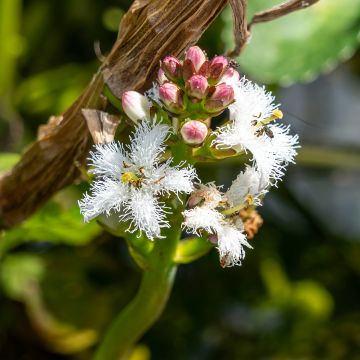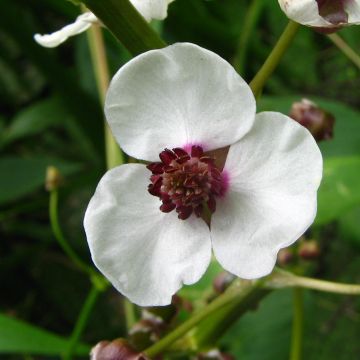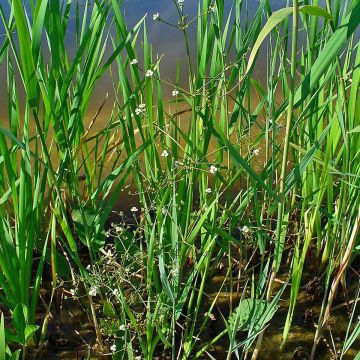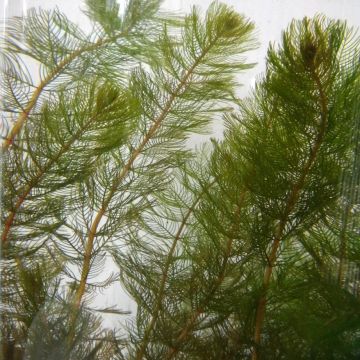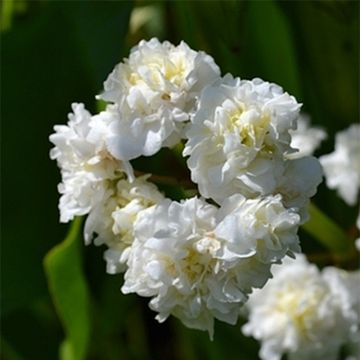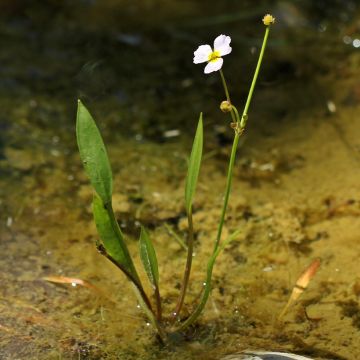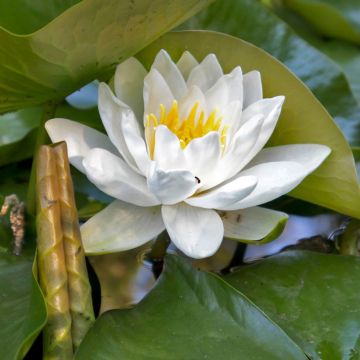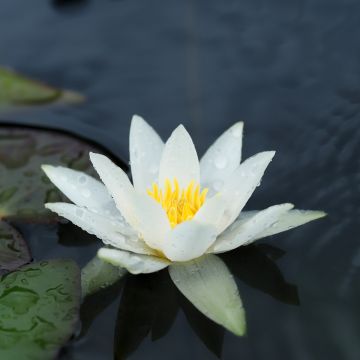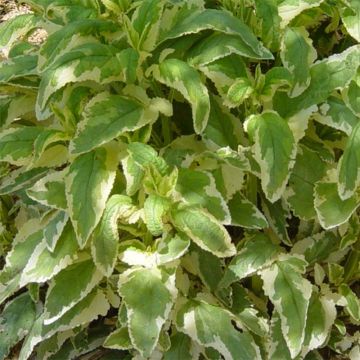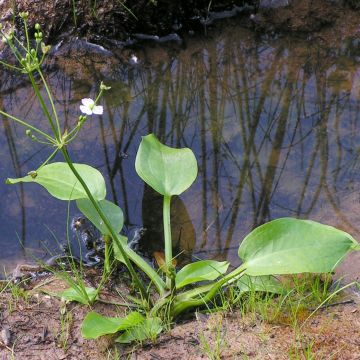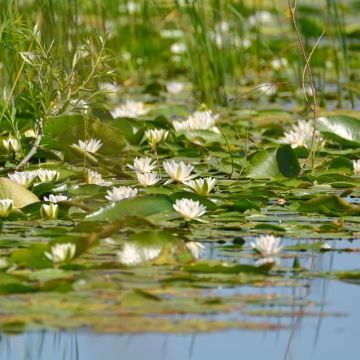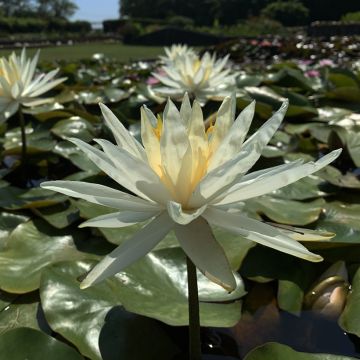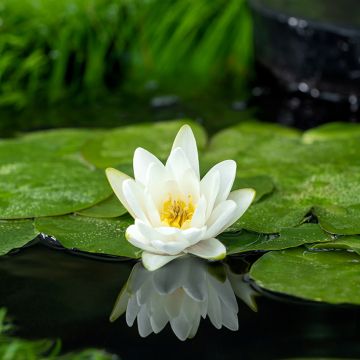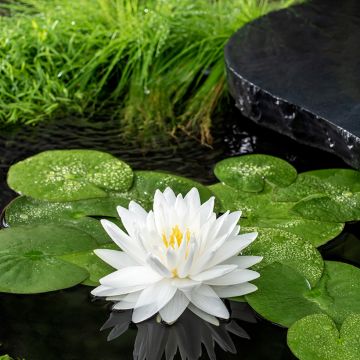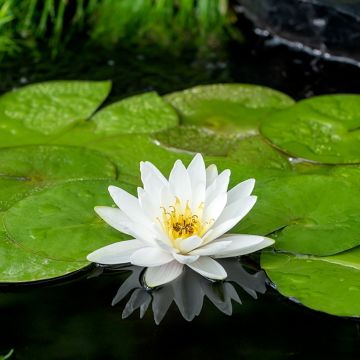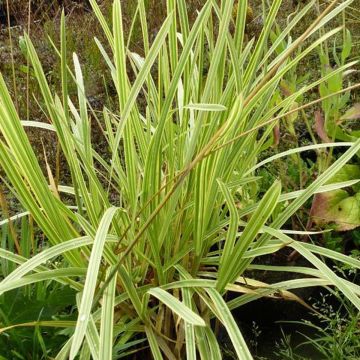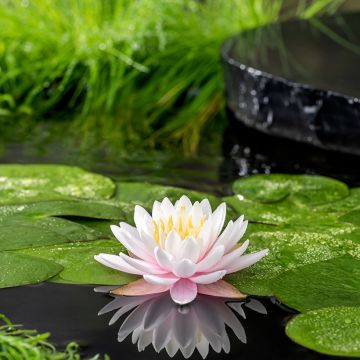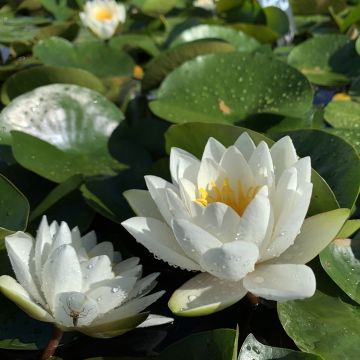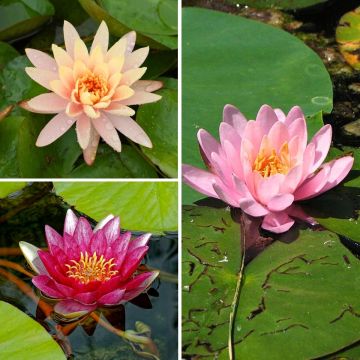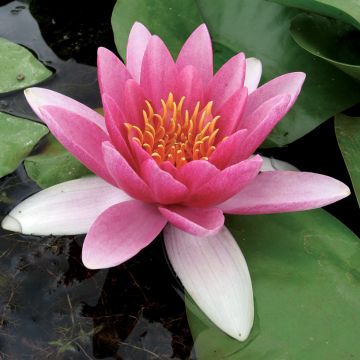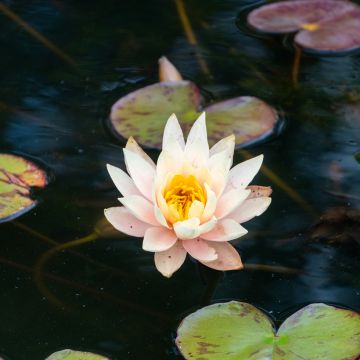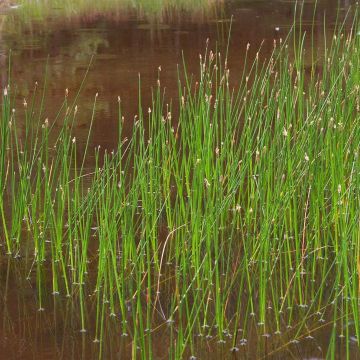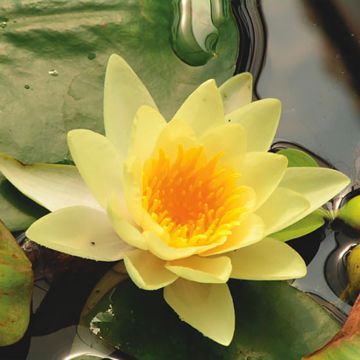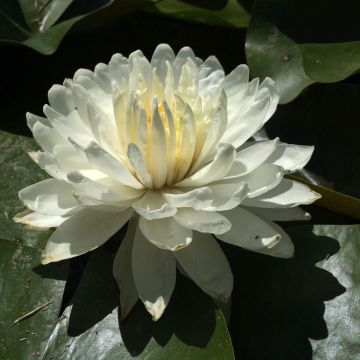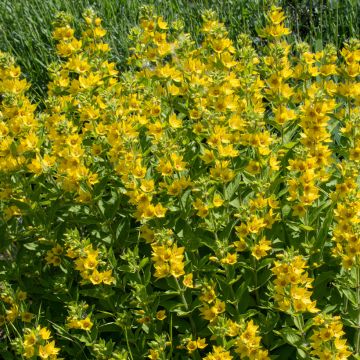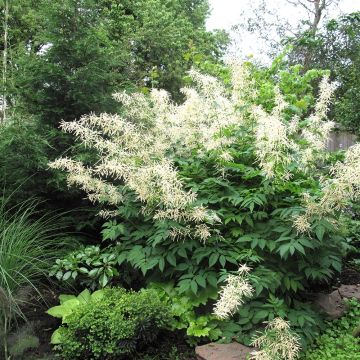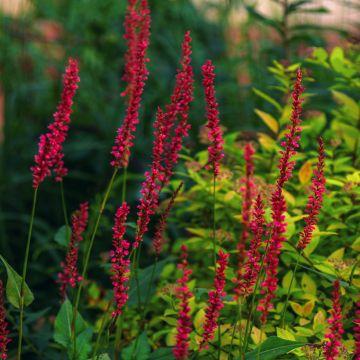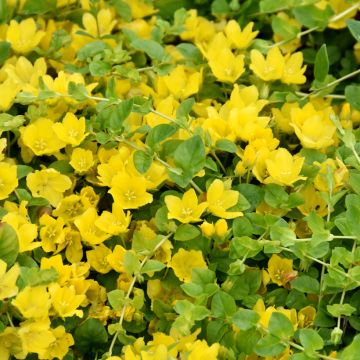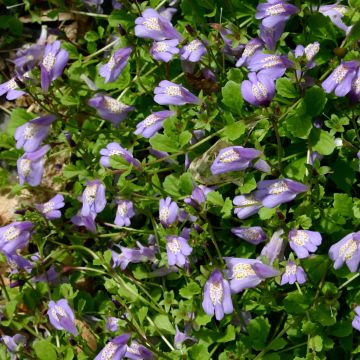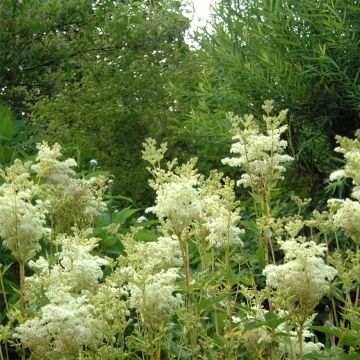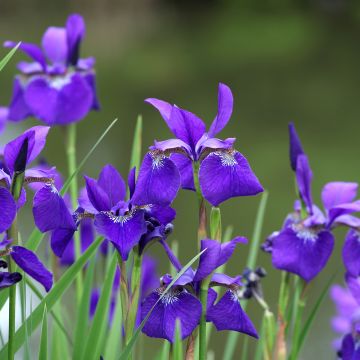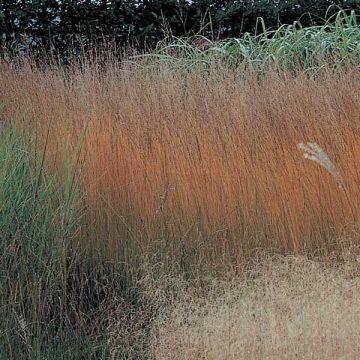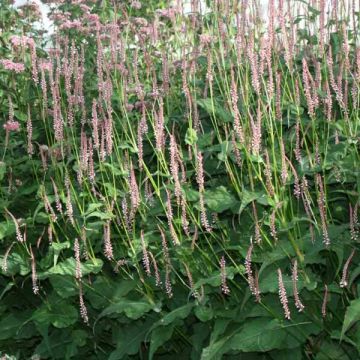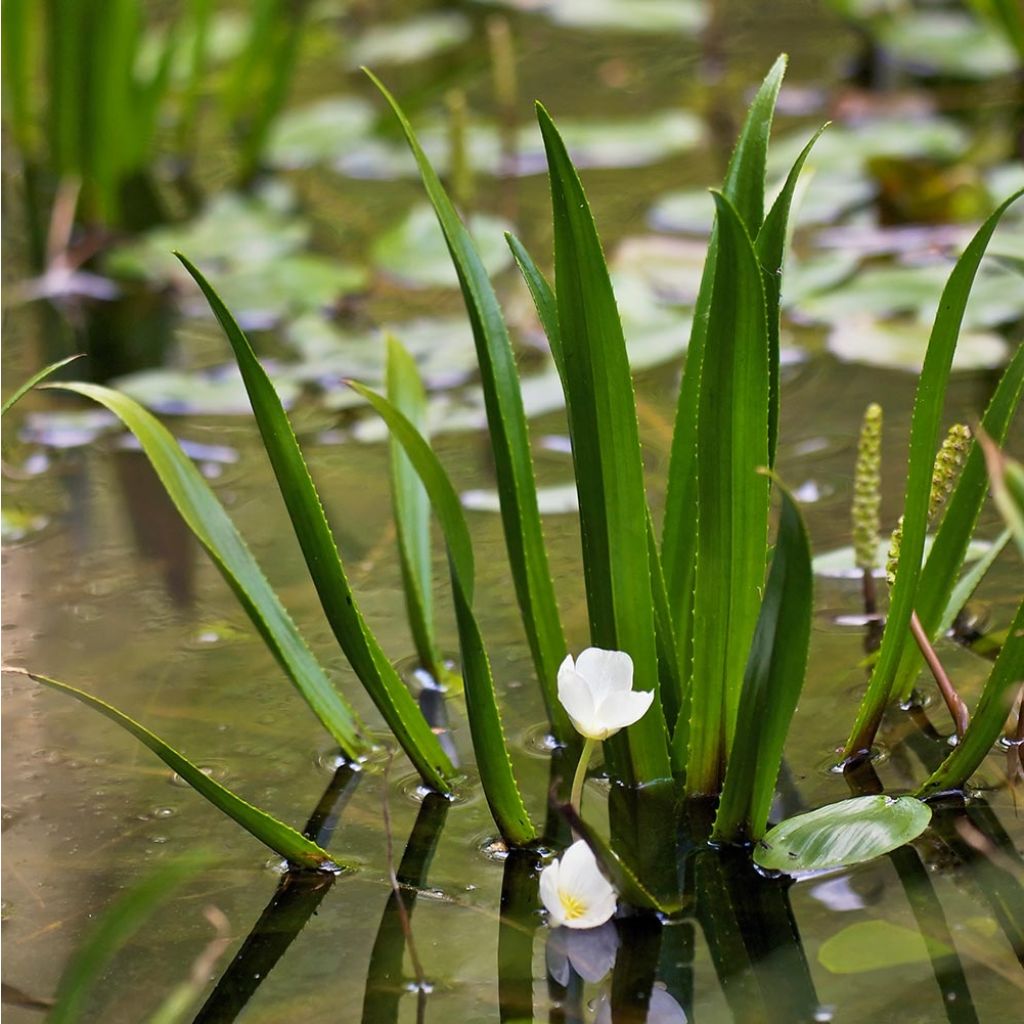

Aloès d'eau - Stratiotes aloïdes
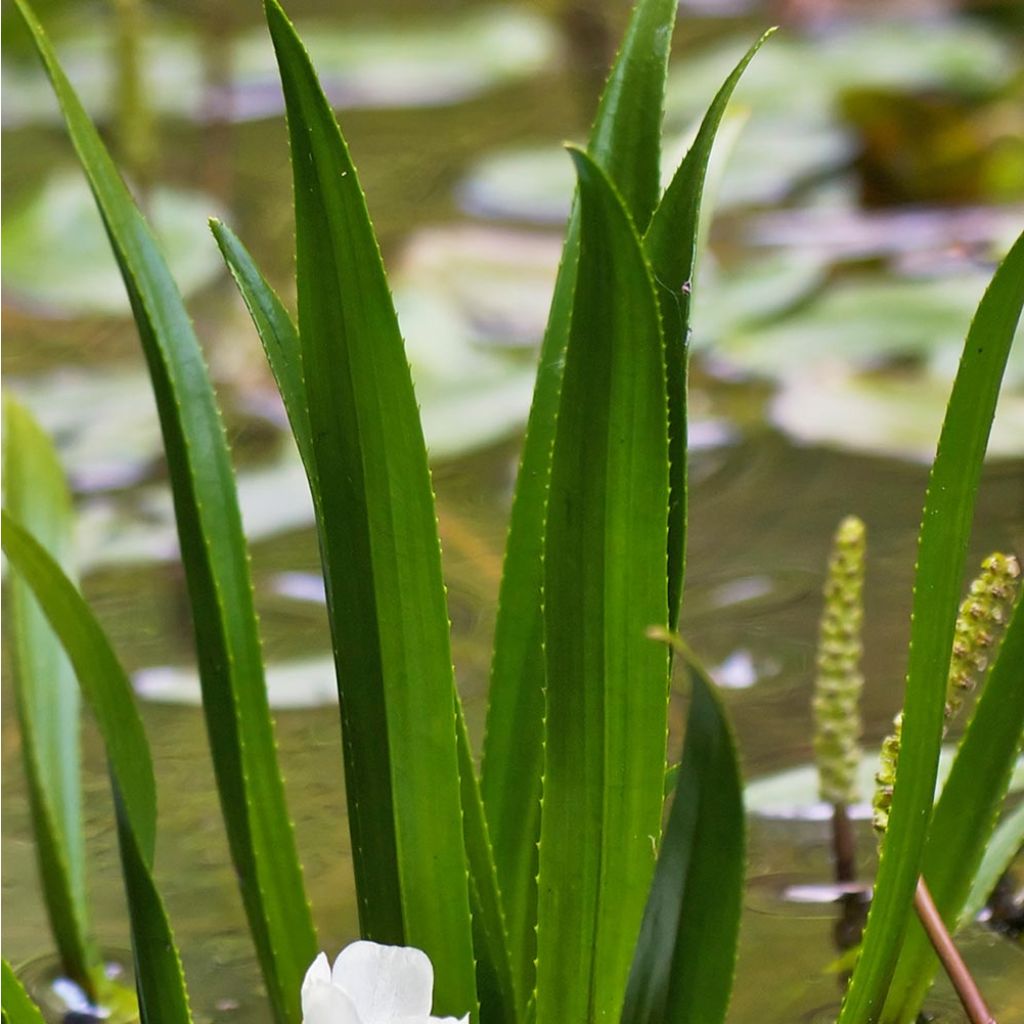

Aloès d'eau - Stratiotes aloïdes
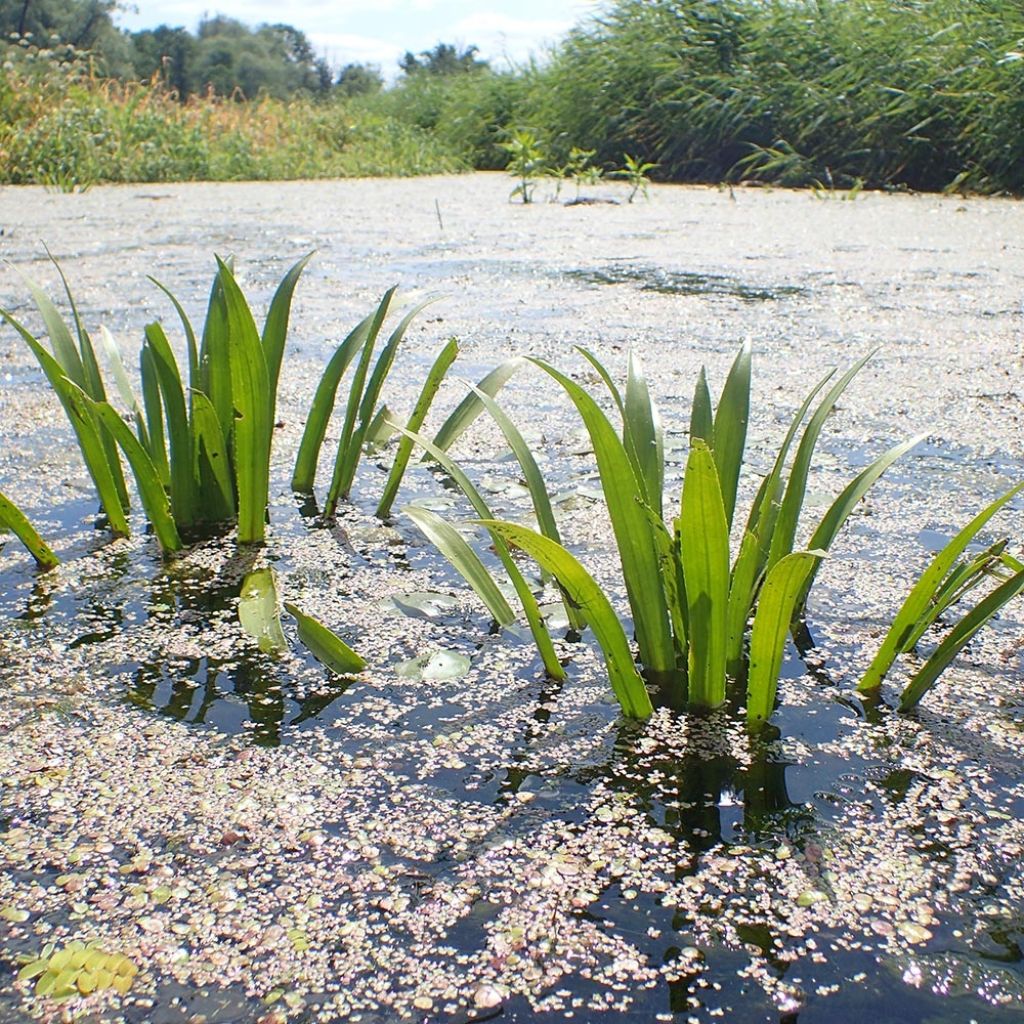

Aloès d'eau - Stratiotes aloïdes
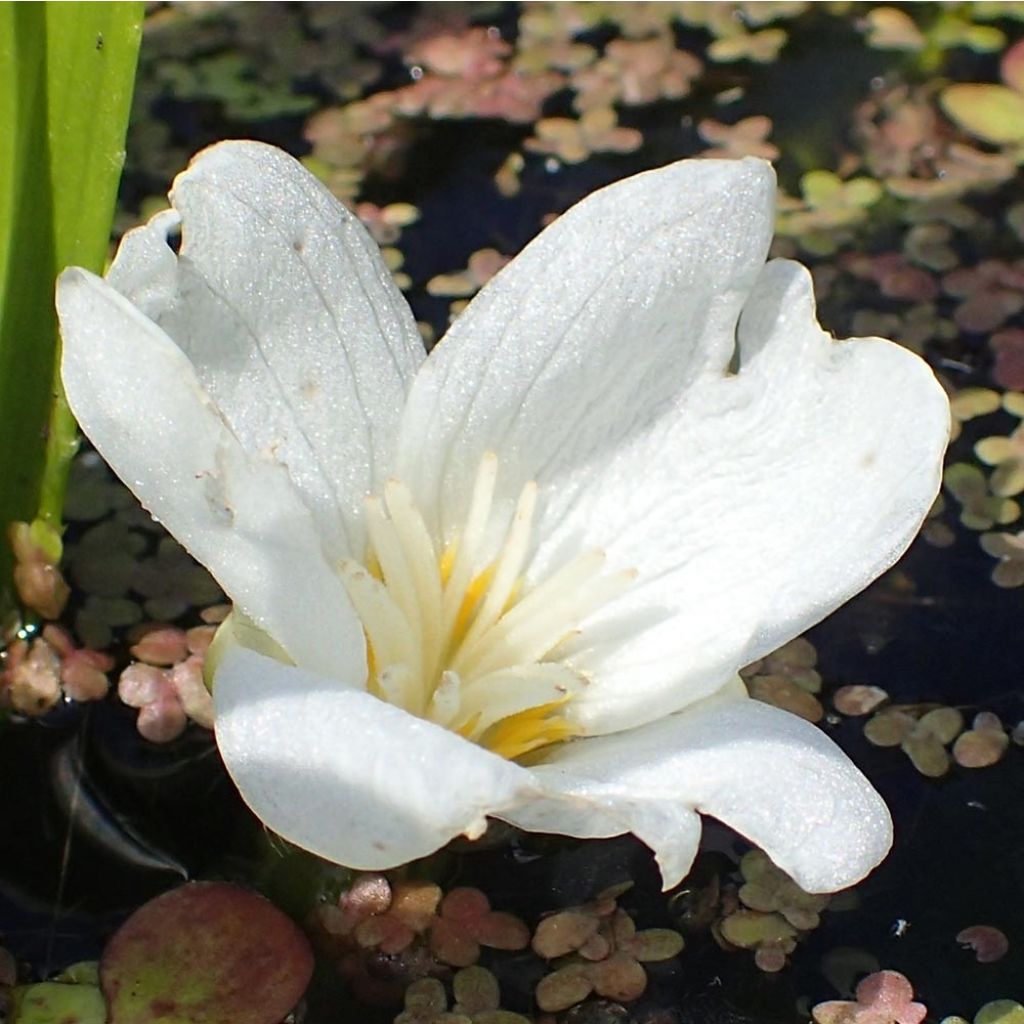

Aloès d'eau - Stratiotes aloïdes
Stratiotes aloides
Stratiotes aloïdes
Water soldier, Crab's claw, Freshwater soldier, Knight's pondwort, Knight's wort, Knight's woundwort, Soldier's yarrow, Wading pondweed, Water aloe, Water houseleek, Water sengreen, Water soldiers
vine-plant thrown into a damaged pot, I'm waiting to see what will come of it. I'm sceptical.
Alison, 08/10/2023
Why not try an alternative variety in stock?
View all →This plant carries a 12 months recovery warranty
More information
We guarantee the quality of our plants for a full growing cycle, and will replace at our expense any plant that fails to recover under normal climatic and planting conditions.
From €5.90 for pickup delivery and €6.90 for home delivery
Express home delivery from €8.90.
Does this plant fit my garden?
Set up your Plantfit profile →
Description
Stratiotes aloides, commonly known as the water soldier, bears dense vegetation in a rosette of stiff and prickly leaves that rises to the surface of the water when flowering. This perfectly hardy and prolific perennial is appreciated for its purifying and oxygenating properties in calm, non-calcareous waters, with a depth ranging from 30cm (12in) to 1 m (3ft), exposed to sunlight. It also provides a good shelter for many insects and fish. After flowering, in autumn, it sinks to the bottom of the water to spend the winter sheltered from the cold, waiting for the next spring. It is a beautiful, unique, useful, and easy-to-grow leafy plant.
Stratiotes aloides belongs to the Hydrocharitaceae family. It is widely spread in Europe and northern Asia. It is found in calm, non-calcareous waters, at a maximum depth of 1m (3ft). It forms an upright rosette-shaped clump, composed of linear, lanceolate, pointed, incurved, dark olive-green leaves, reaching 40cm (16in) in length and 5 to 15mm (1in) in width, with spiny margins. In spring, the fully submerged clump roots itself in the mud. Its vegetation reaches up to 40cm (16in) in all directions. In late spring, it rises to the surface for flowering and loses its roots. Only the heart of the plant remains underwater, and the whole plant freely moves on the surface. From May to July, it produces a few flowering stems that display simple flowers, 2 to 3cm (1in) in diameter. These cup-shaped blooms are white or pink with sulphur-yellow stamens.
Plant it in a pond or a lake by placing it directly on the water surface. Position it in the sun, in calm waters with acidic clay mud as the substrate. Perfectly hardy, it can be grown in all regions and can even become invasive. It is a stemless perennial that mainly reproduces through stolons, producing identical seedlings that are easy to separate from the mother plant. Divide it as soon as it becomes too prolific. However, this aquatic plant does not tolerate high temperatures, so it should not be installed in waters with a temperature that can exceed 22°C (71.6°F).
Stratiotes aloides is an oxygenating and purifying plant whose dense root network efficiently absorbs nutrients in nutrient-rich waters and limits the growth of algae. It also provides an interesting habitat for hosting the eggs of many aquatic insects and fish.
Report an error about the product description
Stratiotes aloides in pictures
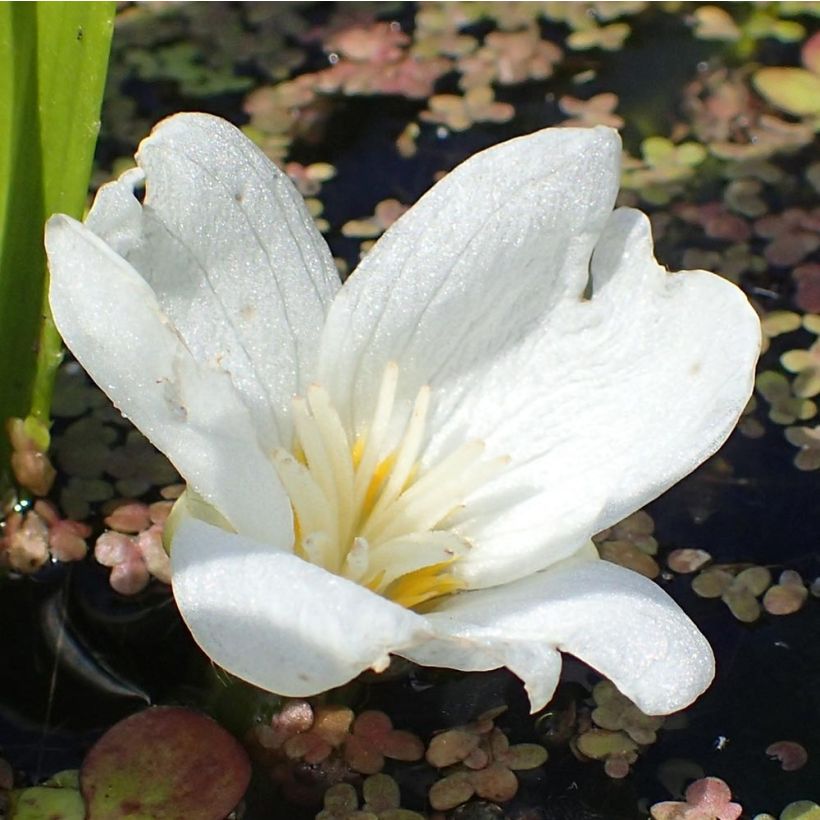

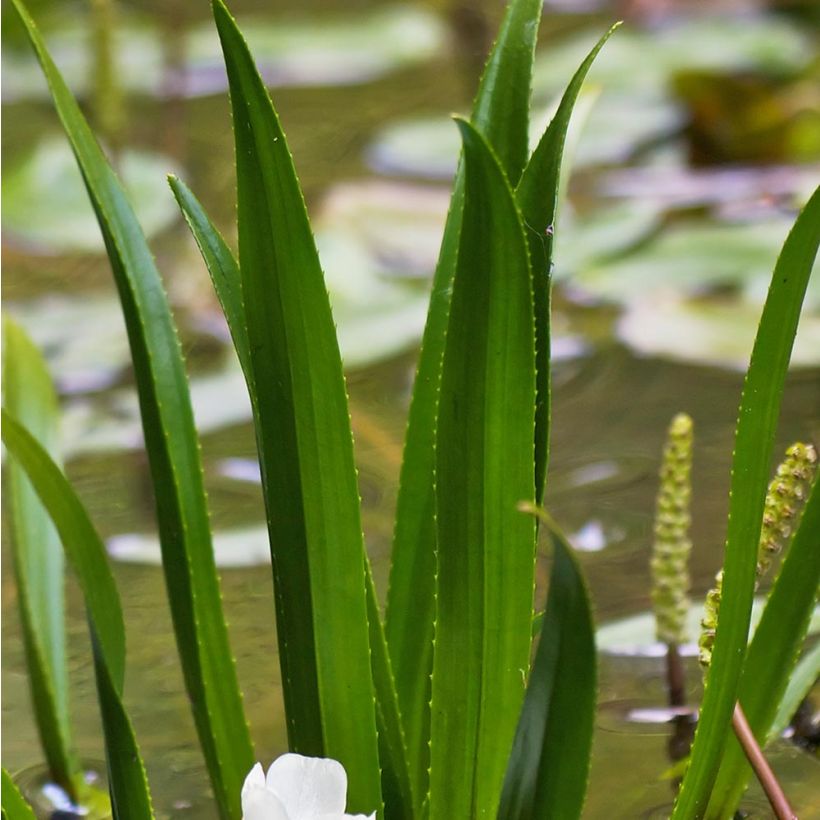

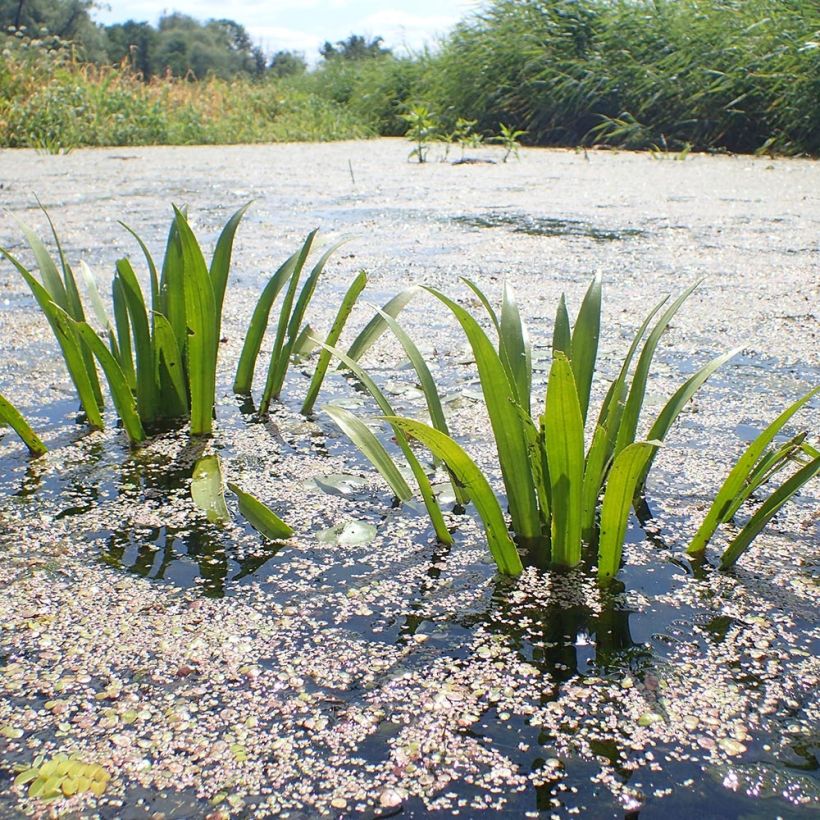

Flowering
Foliage
Plant habit
Botanical data
Stratiotes
aloïdes
Hydrocharitaceae
Water soldier, Crab's claw, Freshwater soldier, Knight's pondwort, Knight's wort, Knight's woundwort, Soldier's yarrow, Wading pondweed, Water aloe, Water houseleek, Water sengreen, Water soldiers
Central Europe
Other Aquatic perennials
Planting and care
Plant in a basin or pond by simply placing it on the water surface. Position it in full sun or partial shade in slow-moving waters, without limestone and in clayey, muddy substrate. Perfectly hardy, it can be grown in all regions and can even be invasive. It is a stemless perennial that reproduces mainly through stolons, producing identical seedlings that are easy to separate from the mother plant. Divide it as soon as it becomes a little too prolific. However, it does not like high temperatures, so it is best to avoid installing it in waters where the temperature can exceed 22°C (71.6°F).
Planting period
Intended location
Care
-
, onOrder confirmed
Reply from on Promesse de fleurs
Aquatic plants
Haven't found what you were looking for?
Hardiness is the lowest winter temperature a plant can endure without suffering serious damage or even dying. However, hardiness is affected by location (a sheltered area, such as a patio), protection (winter cover) and soil type (hardiness is improved by well-drained soil).

Photo Sharing Terms & Conditions
In order to encourage gardeners to interact and share their experiences, Promesse de fleurs offers various media enabling content to be uploaded onto its Site - in particular via the ‘Photo sharing’ module.
The User agrees to refrain from:
- Posting any content that is illegal, prejudicial, insulting, racist, inciteful to hatred, revisionist, contrary to public decency, that infringes on privacy or on the privacy rights of third parties, in particular the publicity rights of persons and goods, intellectual property rights, or the right to privacy.
- Submitting content on behalf of a third party;
- Impersonate the identity of a third party and/or publish any personal information about a third party;
In general, the User undertakes to refrain from any unethical behaviour.
All Content (in particular text, comments, files, images, photos, videos, creative works, etc.), which may be subject to property or intellectual property rights, image or other private rights, shall remain the property of the User, subject to the limited rights granted by the terms of the licence granted by Promesse de fleurs as stated below. Users are at liberty to publish or not to publish such Content on the Site, notably via the ‘Photo Sharing’ facility, and accept that this Content shall be made public and freely accessible, notably on the Internet.
Users further acknowledge, undertake to have ,and guarantee that they hold all necessary rights and permissions to publish such material on the Site, in particular with regard to the legislation in force pertaining to any privacy, property, intellectual property, image, or contractual rights, or rights of any other nature. By publishing such Content on the Site, Users acknowledge accepting full liability as publishers of the Content within the meaning of the law, and grant Promesse de fleurs, free of charge, an inclusive, worldwide licence for the said Content for the entire duration of its publication, including all reproduction, representation, up/downloading, displaying, performing, transmission, and storage rights.
Users also grant permission for their name to be linked to the Content and accept that this link may not always be made available.
By engaging in posting material, Users consent to their Content becoming automatically accessible on the Internet, in particular on other sites and/or blogs and/or web pages of the Promesse de fleurs site, including in particular social pages and the Promesse de fleurs catalogue.
Users may secure the removal of entrusted content free of charge by issuing a simple request via our contact form.
The flowering period indicated on our website applies to countries and regions located in USDA zone 8 (France, the United Kingdom, Ireland, the Netherlands, etc.)
It will vary according to where you live:
- In zones 9 to 10 (Italy, Spain, Greece, etc.), flowering will occur about 2 to 4 weeks earlier.
- In zones 6 to 7 (Germany, Poland, Slovenia, and lower mountainous regions), flowering will be delayed by 2 to 3 weeks.
- In zone 5 (Central Europe, Scandinavia), blooming will be delayed by 3 to 5 weeks.
In temperate climates, pruning of spring-flowering shrubs (forsythia, spireas, etc.) should be done just after flowering.
Pruning of summer-flowering shrubs (Indian Lilac, Perovskia, etc.) can be done in winter or spring.
In cold regions as well as with frost-sensitive plants, avoid pruning too early when severe frosts may still occur.
The planting period indicated on our website applies to countries and regions located in USDA zone 8 (France, United Kingdom, Ireland, Netherlands).
It will vary according to where you live:
- In Mediterranean zones (Marseille, Madrid, Milan, etc.), autumn and winter are the best planting periods.
- In continental zones (Strasbourg, Munich, Vienna, etc.), delay planting by 2 to 3 weeks in spring and bring it forward by 2 to 4 weeks in autumn.
- In mountainous regions (the Alps, Pyrenees, Carpathians, etc.), it is best to plant in late spring (May-June) or late summer (August-September).
The harvesting period indicated on our website applies to countries and regions in USDA zone 8 (France, England, Ireland, the Netherlands).
In colder areas (Scandinavia, Poland, Austria...) fruit and vegetable harvests are likely to be delayed by 3-4 weeks.
In warmer areas (Italy, Spain, Greece, etc.), harvesting will probably take place earlier, depending on weather conditions.
The sowing periods indicated on our website apply to countries and regions within USDA Zone 8 (France, UK, Ireland, Netherlands).
In colder areas (Scandinavia, Poland, Austria...), delay any outdoor sowing by 3-4 weeks, or sow under glass.
In warmer climes (Italy, Spain, Greece, etc.), bring outdoor sowing forward by a few weeks.

































